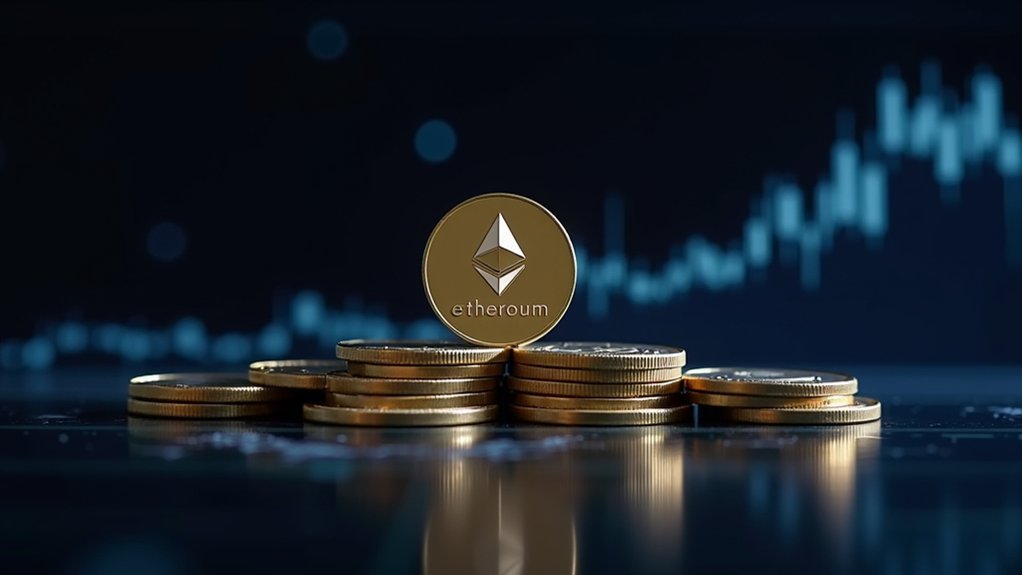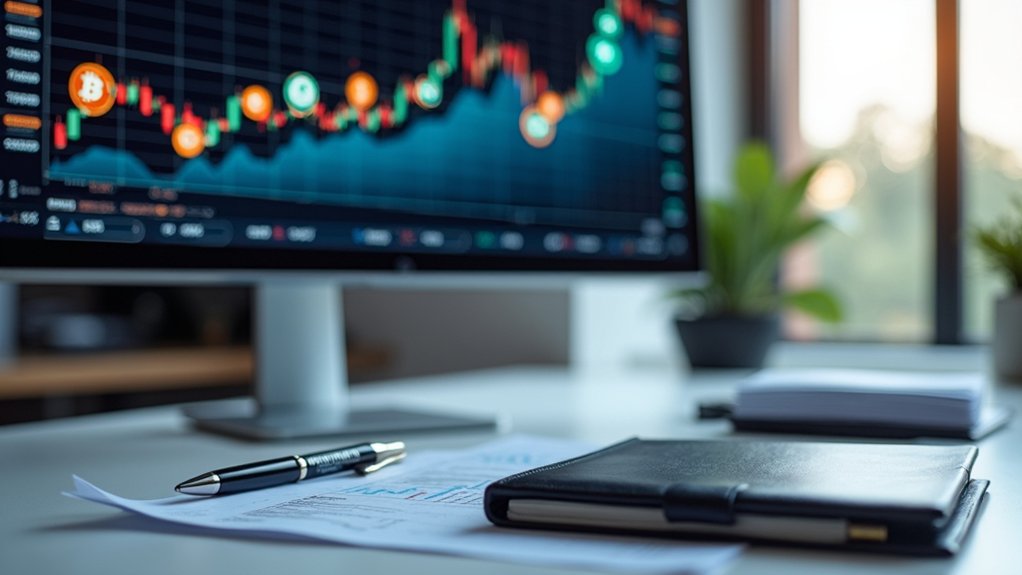The helium market’s ostensible “robust growth,” projected to nearly double in value by 2034, masks a precarious reality where escalating demand relentlessly outpaces supply, exposing a glaring failure in strategic resource management that industry leaders and policymakers alike have been unwilling—or unable—to address with the urgency warranted by looming shortages and geopolitical instabilities. Despite a market valuation climbing from approximately USD 4.16 billion in 2025 to an estimated USD 7.47 billion by 2034, the supply side stubbornly lags, constrained by dwindling reserves and infrastructural inertia, rendering this growth more a mirage than a sustainable trajectory. Meanwhile, the industry’s tepid embrace of helium recycling and alternative sources remains a glaring blind spot, betraying a complacency that borders on negligence in the face of an impending supply crunch. Notably, North America, which held the largest market share of 39% in 2024, continues to dominate helium production and consumption, yet this regional leadership has not translated into sufficient supply stability to meet growing global demand North America dominance.
As global helium volume demand is set to double to about 322 million cubic meters by 2035, propelled chiefly by insatiable appetites from healthcare, semiconductor manufacturing, and aerospace sectors, the failure to aggressively develop recycling technologies and alternative extraction methods borders on strategic malpractice. The reliance on traditional extraction from finite natural reserves, compounded by geopolitical tensions complicating trade routes, exacerbates market volatility and heightens the risk of catastrophic shortages. While pioneering firms like Helix Exploration and Georgina Energy pursue expansion, their efforts are dwarfed by the scale of demand and the sluggish pace of technological innovation in helium conservation. Moreover, the helium market size is forecast to grow at a compound annual growth rate of 7.4% through 2029, underscoring persistent demand pressures amid supply challenges 7.4% CAGR.
In this context, the industry’s persistent underinvestment in helium recycling—an ostensibly straightforward mitigation measure—betrays a shortsightedness that defies logic, as does the hesitant exploration of alternative sources, which could alleviate supply pressures if vigorously pursued. The market’s celebrated “growth” narrative, consequently, rings hollow, revealing an underlying fragility that calls for urgent, decisive action rather than complacent optimism.








